
QMS can increase the service life of your assets through surveys conducted under the highest technical and quality standards.
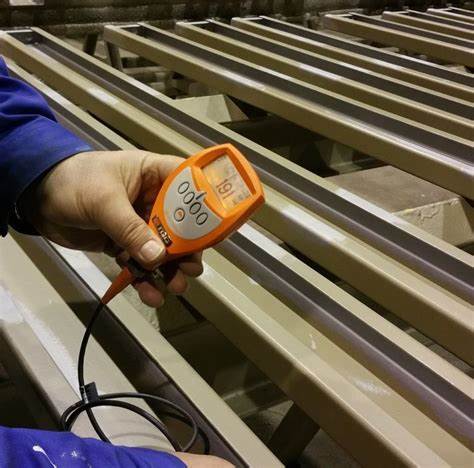
Coating inspections are conducted non-destructively using visual assessment and calibrated ultrasonic or electromagnetic equipment to ascertain coating thickness. Destructive testing to determine adhesion effectiveness is also sometimes necessary on new coating procedures.
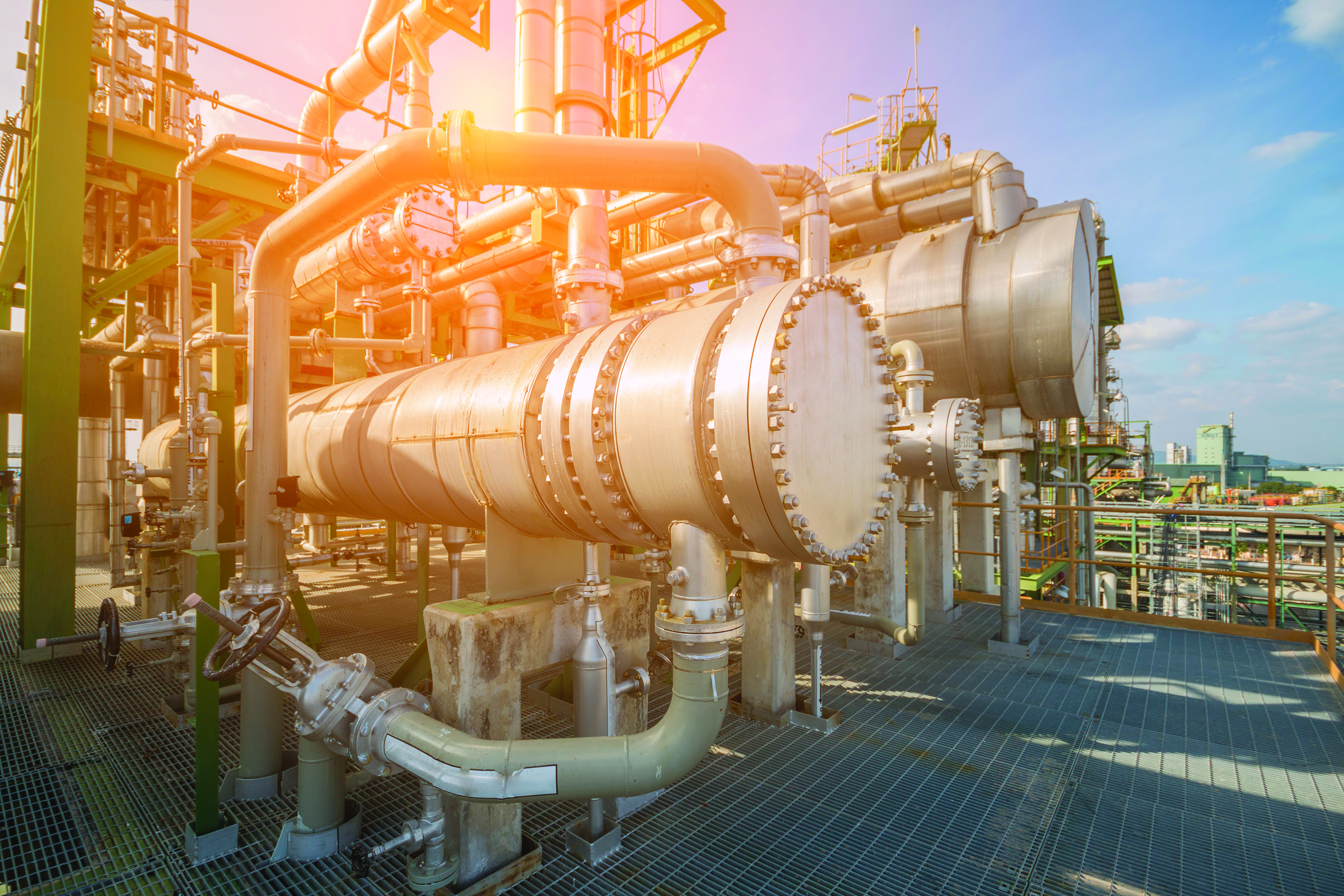
In-service pressure vessel inspection, conducted in accordance with AS/NZS 3788, is a visual survey conducted on boilers, pressure vessels and associated pressure equipment to determine its operational condition and to ensure the safety of the system and plant. Inspections are usually carried out visually, or with the aid of a fibre-optic camera. A detailed photographic report describing all significant or non-compliant areas is produced.
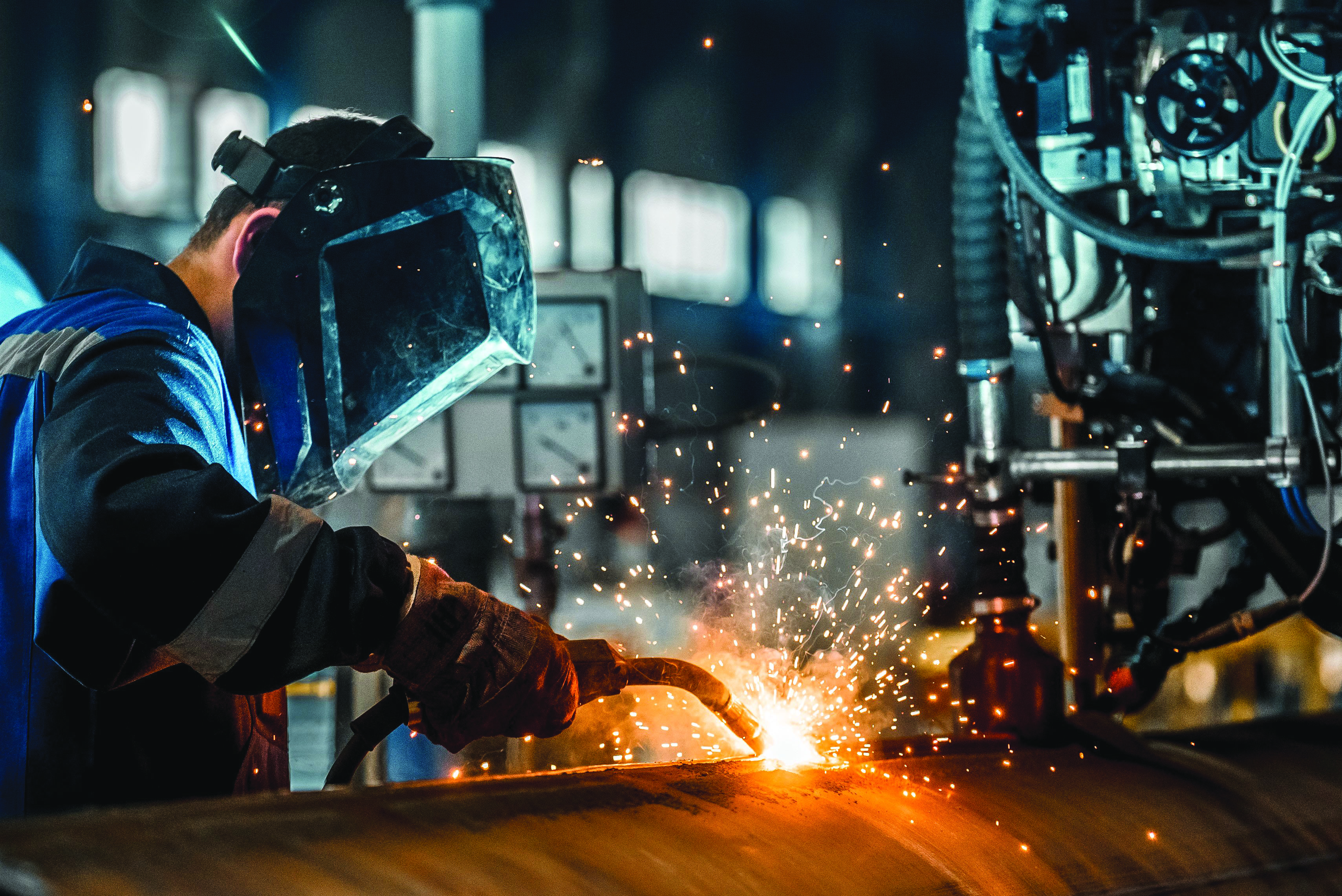
Welding inspection is a crucial aspect of quality control, it ensures that welded joints are correctly executed to Australian and International standards. Inspection helps prevent dangerous and unsafe outcomes and plays a large role in guaranteeing overall structural integrity. Inspection services include monitoring of welding operations, monitoring of shutdowns, inspection of structures, management of equipment asset, technical support for projects and welding quality assurance certification to ISO 3834.
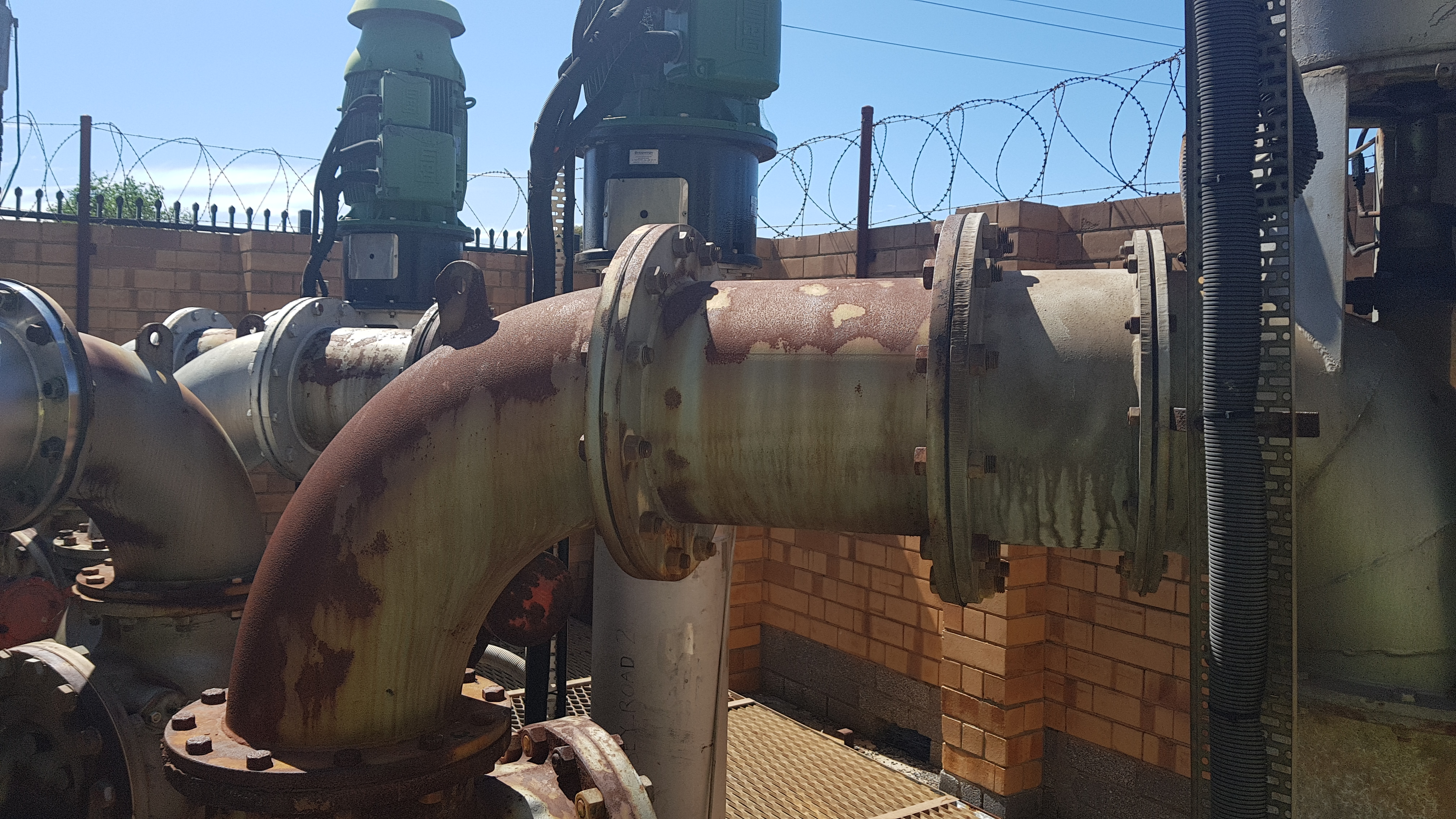
Corrosion surveying is a visual assessment to determine the type and extent of corrosion on in-service plant and equipment. Early corrosion detection and prevention can help reduce down-time of equipment, reduce equipment operation costs and prolong the running life of plant and equipment.
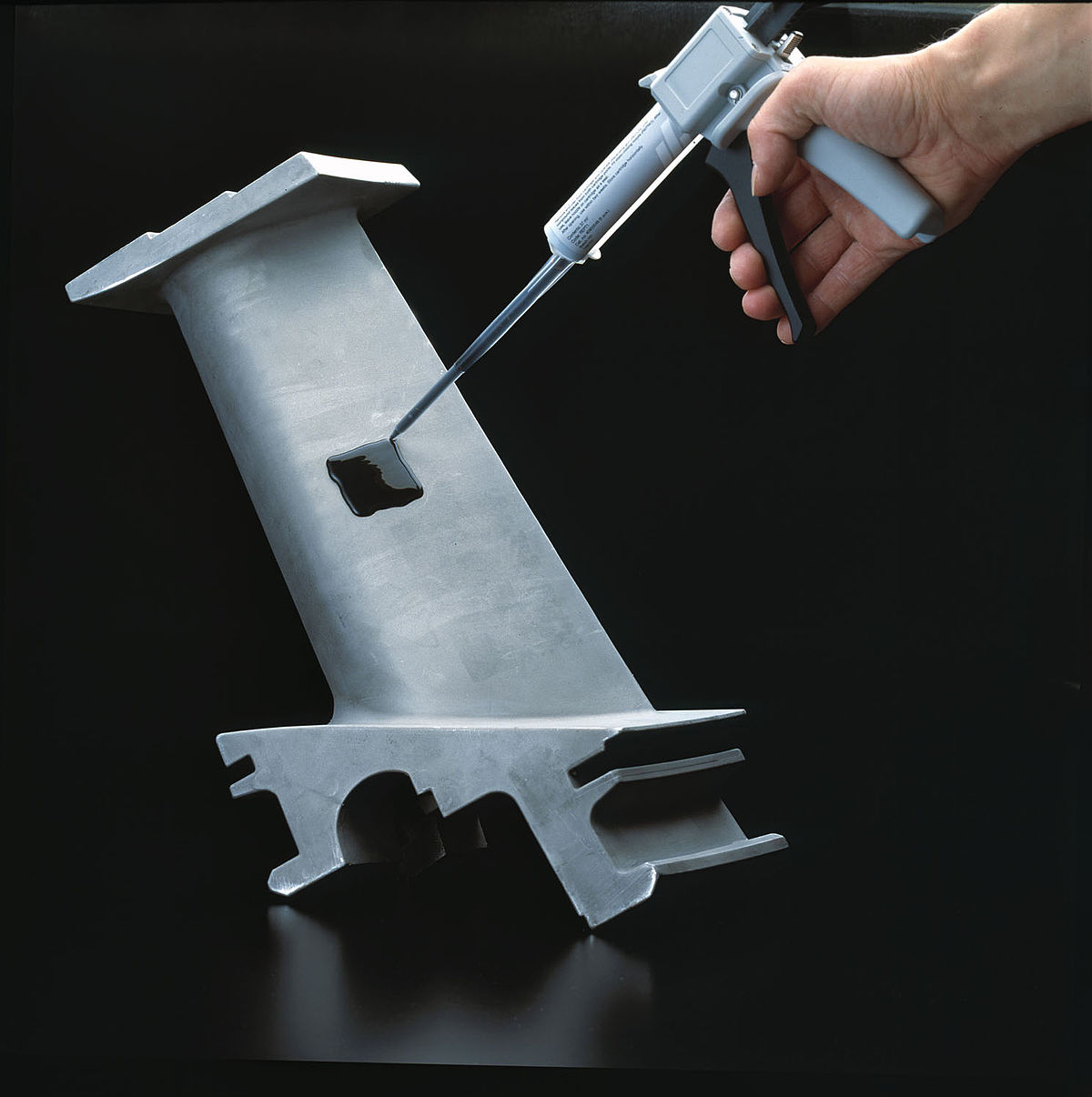
Pitting and defect replication works by caulking a special liquid on to the surface or feature of interest. After the liquid is cured, a negative 3D replication is formed. This replication, with a dimensional accuracy of less than 0.1μm, can be used for further microscopic investigation, defect sizing and depth measurement or storage for future reference and comparison.

Borescopic inspection is a visual inspection which uses a small manoeuvrable fibre-optic camera to photograph, or video, inspection areas. Borescopic inspection is useful when access to the inspection area is difficult or impractical e.g. engine blocks, heat exchanger tubes or pressure vessels. The small size of the inspection camera often reduces the requirement for equipment disassembly prior to inspection.